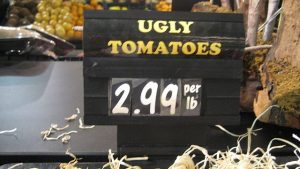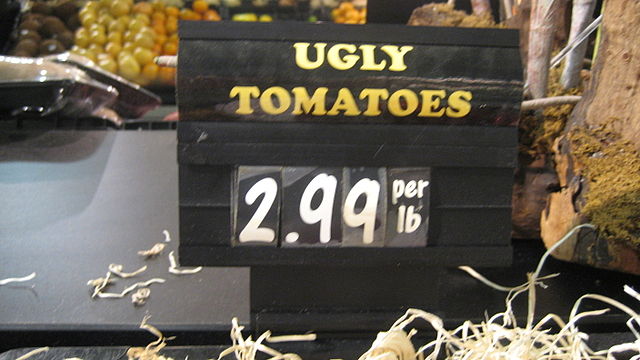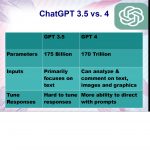
By Marcus Quigmire from Florida, USA – Tomatoes, CC BY 2.0, https://commons.wikimedia.org/w/index.php?curid=23356814
Many of us who have filled our cars with gasoline around the holidays or have booked flight tickets online know that pricing can change quickly at peak times or as supply wanes. Recently it has been reported that ride-hailing companies Uber and Lyft known for their low prices, can sometimes cost more than a taxi. They use on-the-fly pricing software that instantaneously figures out the highest price the market can bear at any given moment. This is known as “surge” or “dynamic” pricing, when the cost of an item is calculated based on demand. That means that Uber and Lyft can charge way more than it usually does for an identical trip at another time or day.
Uber Price Surging Algorithm Examined
Research, led by Christo Wilson, assistant professor in the College of Computer and Information Science at Northeastern University, unlocked details behind the algorithm that guides this surge pricing. They programmed their servers and ran Uber apps “pretending” to be people at 43 different GPS locations throughout San Francisco and Manhattan over a four-week period. The data they collected included the number by which the base price was multiplied during surges and estimated wait time for each “ride” as well as the location of the “request.” Parsing through the data, they gained an understanding, by looking at supply and demand, how those dynamics changed over time distance and location, to correlate how prices dynamically changed.
“We did a lot of correlation analysis looking at how many cars were getting booked over time and how many cars were available, and you do see high correlation between supply and demand and the surge,” says Wilson. “So the system is definitely responding to supply and demand changes.”
Dynamic Pricing in Supermarkets?
So while surge pricing is common in the hospitality and travel sectors, brick and mortar companies are now realizing they don’t have to be stuck to the fixed-price model either. London’s Telegraph reports that supermarkets are now planning to introduce electronic tags on items so that the analysis of vast amounts of customer data is enabling retailers to change the cost of hundreds of thousands of items instantaneously and fiddle with prices in real time at precise times during the day. This can of course be used to tempt targeted shoppers to make spontaneous purchases, or bring in more revenue at times of the day when higher volumes of merchandise are purchased. Other out of the box strategies like automating the drop in price for perishable items nearing their expiration date could also be applied.
Many other industries have or likely will be using surge pricing models soon. UPS just recently announced it will implement peak season surge pricing to offset the cost of a huge spike in its shipping volume during the extreme rush at the end of the year. UPS said it was instituting the surcharge rates to offset the increasing costs of meeting peak demand.










